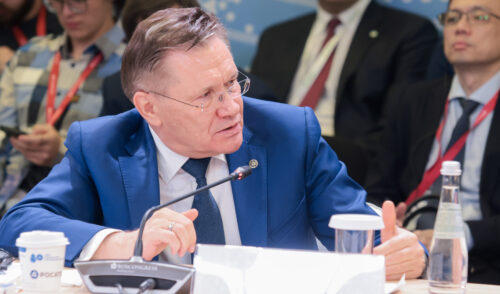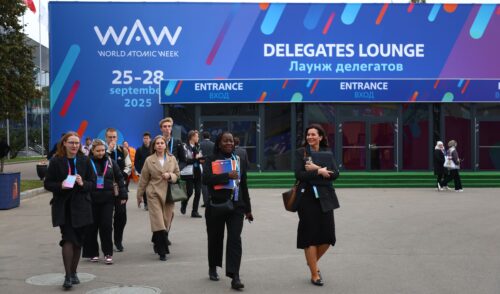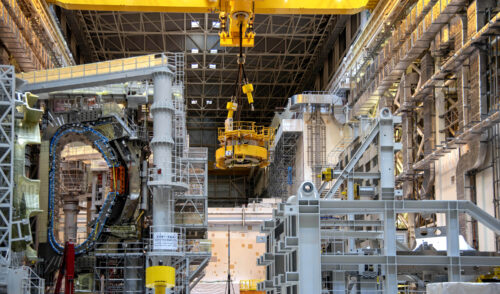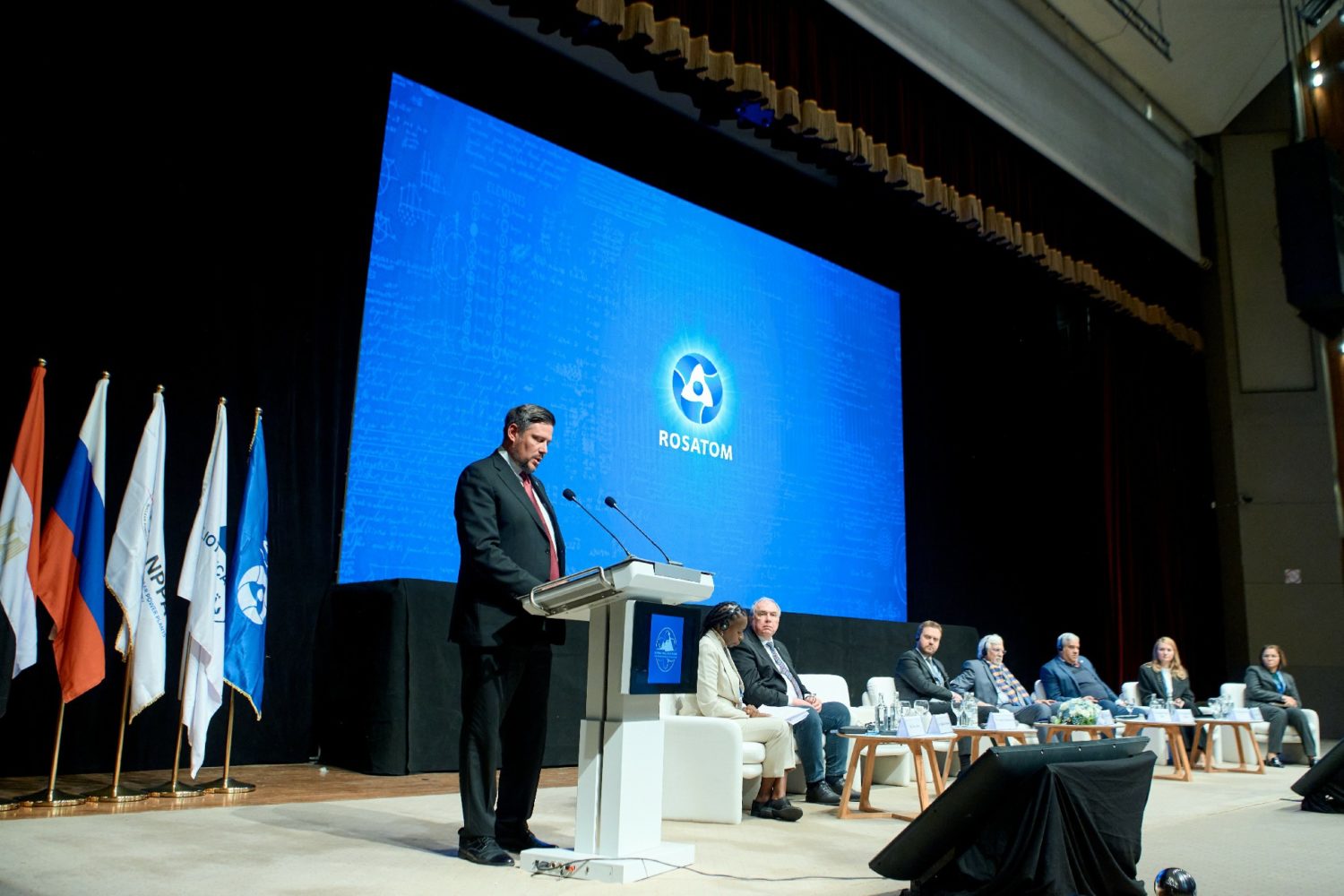
Future Lies in Atoms
back to contentsHow does nuclear technology affect the life of modern man? What role does the nuclear industry play in creating ground-breaking products? How is the nuclear industry attractive for young people? These and other topics were discussed at the International Youth Forum for Sustainable Nuclear Technologies held in Egypt in late February.
The event was organized by the Egyptian Nuclear Power Plants Authority (NPPA) in partnership with Rosatom. The forum brought together over 350 people from 25 countries, with about 800,000 people watching the online broadcast.
The forum participants – undergraduate and postgraduate students, young researchers, experts, representatives of academia and international organizations, high-ranking Egyptian officials and Rosatom executives – discussed how nuclear technology affects the quality of life of modern man.
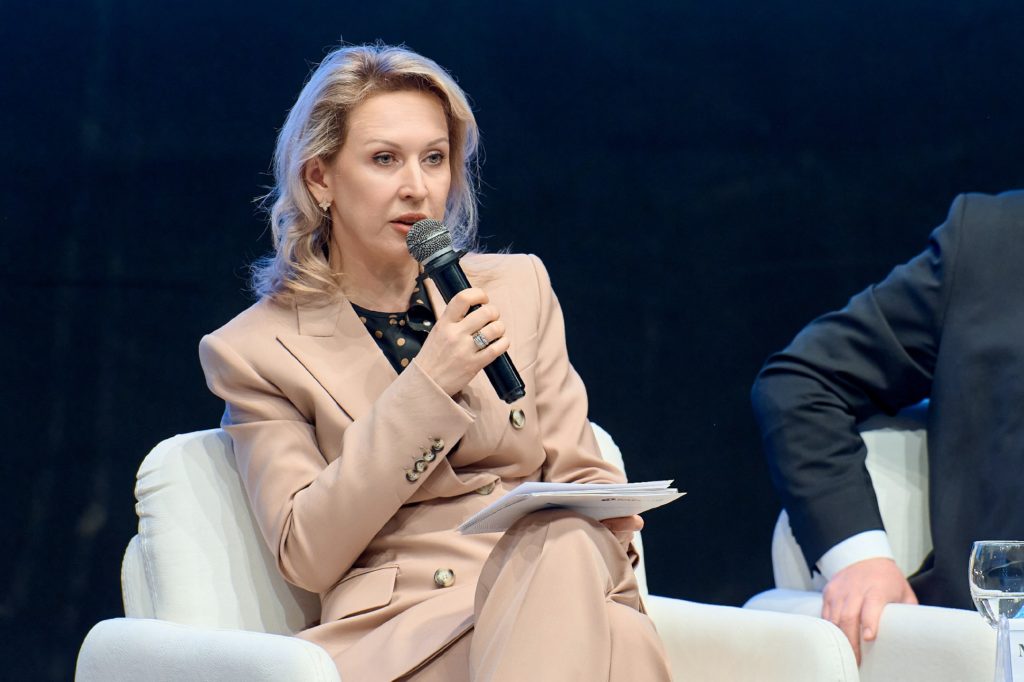
“Nuclear power accounts for 25% of the world’s low-carbon electricity generation, and the contribution of nuclear power plants to reducing carbon dioxide emissions is comparable to all the forests on the planet. We are proud that our nuclear stations produce clean energy, and all Russian-designed nuclear facilities absorb more than 210 million tons of carbon units,” said Tatiana Terentyeva, Deputy Director General for Human Resources at Rosatom.
Today, nuclear technologies are not limited to electricity generation but extend into healthcare, agriculture and other areas. The nuclear industry contributes to the development of breakthrough technologies and innovative products. In addition, the nuclear industry is becoming a promoter of science and research, opening up career prospects for young people.
“We believe that nuclear technology creates many opportunities for the Egyptian youth to fulfill their potential and choose their career paths. There is no doubt that the nuclear power plant in El Dabaa is a flagship project for our country and our contribution to a clean and sustainable future for the younger generations,” said NPPA Board Chairman Mohammed Dwiddar. He also noted that the El Dabaa NPP project was already having a positive impact on the development of Egyptian industry.
The forum participants also had an opportunity to go on a technical tour to one of the world’s largest nuclear construction sites and see all four units of the El Dabaa NPP under construction.
Nuclear safety, which is Rosatom’s absolute priority, was another important topic at the forum. IAEA Deputy Director General Mikhail Chudakov talked about the key aspects of safety, emphasizing the importance of international cooperation and compliance with strict safety standards.
Rosatom representatives also spoke about career prospects in the nuclear industry. Tatyana Terentyeva noted that the share of young professionals under 35 working at Rosatom was at least 30%.
The forum kicked off the selection of applications for the World Atomic Week (WAW), an international forum on nuclear and related industries to be held later this year in Moscow. The first three winners have already received invitations. They are Mahmoud Morsi from the Egyptian Young Generation in Nuclear (EYGN) Association, Ahmed Soliman and Nada Eltohfa, both from the Alexandria University.
News from the construction site
In early March, construction workers installed the second tier of the inner containment shell (ICS) at El Dabaa Unit 2. The ICS is a cylinder-shaped structure that houses the nuclear reactor and primary circuit equipment. The second tier of the ICS consists of 12 ‘petal’ sections, which were manufactured right at the El Dabaa construction yard.
“The installation was finished ahead of schedule thanks to the close cooperation between the Egyptian and Russian parties, as well as the use of advanced engineering solutions and performance improvement initiatives aimed at optimizing the installation and concreting time,” said Alexey Kononenko, Vice President of ASE and Director of El Dabaa Construction Project.
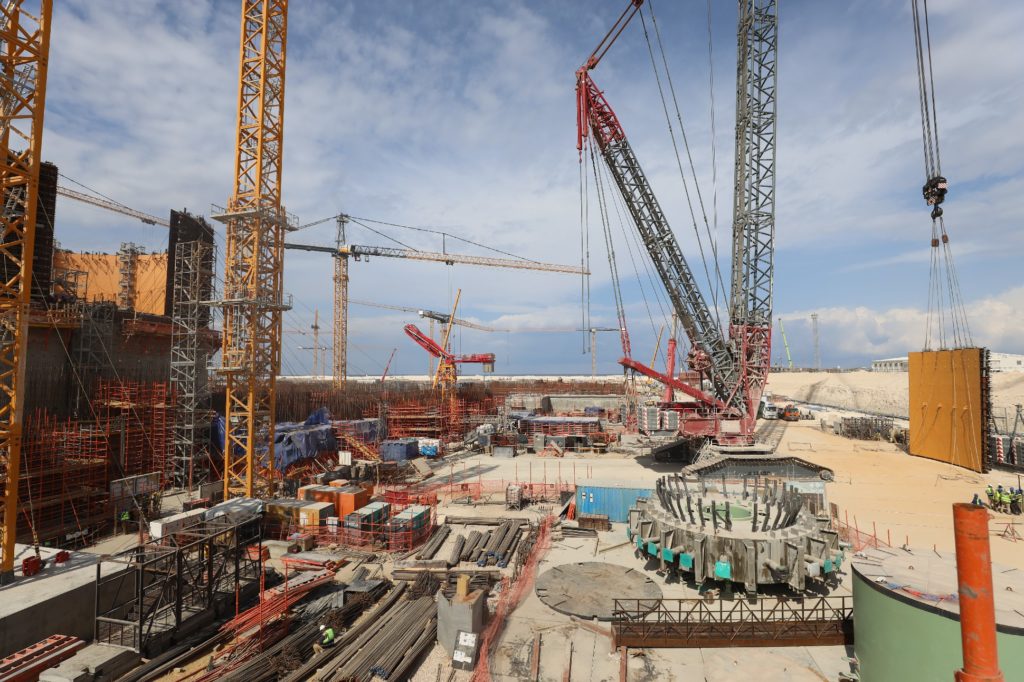
In February, welding operations on the upper halve of the reactor for El Dabaa Unit 2 were completed at one of Rosatom’s production sites. The hot welding process lasted continuously for 20 days. Nearly 3.5 tonnes of wire and 4.5 tonnes of flux were used for two ring seams. A weld overlay was performed on the steel from which the reactor pressure vessel is made to add more strength to it.
Photo by: Rosatom Corporate Academy, Engineering Division of Rosatom State Corporation


